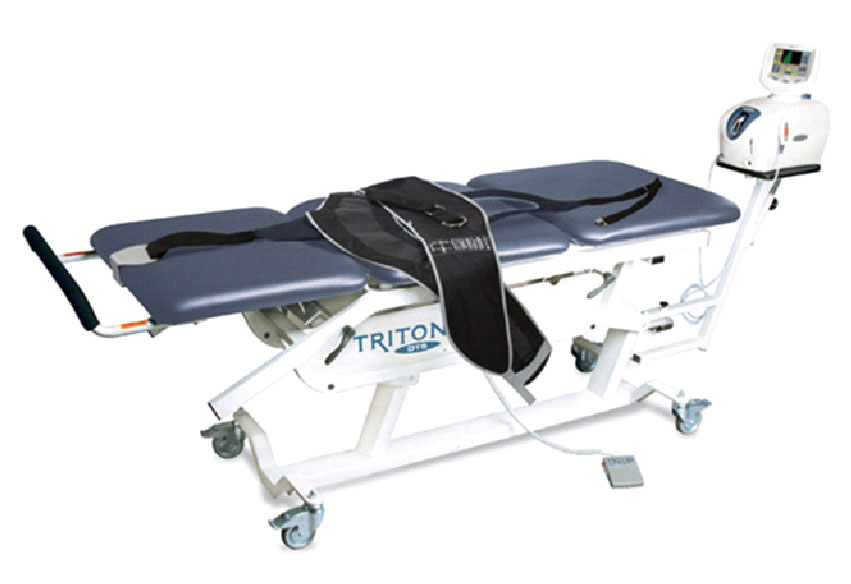Decompression….Why Now & Expectations

The end of the summer this year, I was starting to notice patients that were coming in and presenting after going to physical therapy. They would indicate that they had spinal decompression at physical therapy; then I had a patient I had to actively seek where to find a decompression table as she would be the perfect candidate. This is where the conversation began.
Kristina and I started to converse about purchasing a decompression table. The problem for our office is that I like to have mirror images of each other, what I have in Minden, I have in Kearney. Patients receive the exact same care no matter what office they present too. So buying just one was not really a question, but the hang up was, if we were going to move forward with this, I would need multiple. As the post suggests, we bought two and are moving full steam ahead.
I wanted to kind of jot down some general ideas as to what decompression does and who are the candidates for this type of treatment:
The general idea/theory behind decompression therapy is that by creating a pull/traction in the spine you create a negative pressure within the spinal canal while allowing fluid and movement into the canal and facet joints themselves. While this is a fairly simplistic explanation of the therapy, it covers the basis for the vast majority of the public.
While laying on the table itself, you lay on your back, for low back patients there are a couple of straps that are applied and just lay there and let the table do the work. For neck pain patients, you lay on your back and are gently pulled upwards while strapped into a neck pull. The table and traction itself are very comfortable, most patients don’t notice how much of a pull there actually is until the traction actually starts to let up. Most treatments are between 12-15 minutes per patients. (Just a heads up…insurance may or may not cover this, so ask the front desk before committing initially)
The best way to think about the use of the table generally starts: do you have peripheral or neuropathic pain indicating a nerve impingement. This may be great therapy for you. Do you find that you don’t like to be manually adjusted, this may be for you, on the road to surgery for a disc herniation or disc bulge, this may be for you. Are you a chronic pain patient that seems to have run out of options, give this a try.
This is not a therapy that will be attempted on everyone, specific criteria will need to be met. While it is not a miracle cure, it may benefit many of the people that try it, but with that being said, you will have to try this normally around 6 times in order to see positive results. If you think that you are only going to be able to try it a time or two, I won’t waste your time or money as you may not see the results you are seeking.
The ultimate decision was made to purchase this equipment because we feel that this may help us over the threshold to help those that seem to have hit a brick wall. Not necessarily a last resort but for some people that have tried numerous things and may be grasping for options or for those that are seeking a treatment for a specific spinal condition that is laid out above.
While I do not anticipate that the practice will evolve so much that everyone uses this table, I do think it may bring in a different demographic to the practice and I’m excited to see if this comes to fruition. Minden and Kearney offices will have the therapy and we look forward to the opportunity to serve.



